As the year closes, let’s look at the books that have been trending for the past three months. I’ve been looking forward to doing this again; I’ve had so much fun with the other posts in this series. The only problem is, I tend to think it’s been a little slow over the past three months but let’s have a look anyway.
October
The Casual Vacancy was released at the end of September and continues strong this month. This novel sees J.K Rowling try her hand in adult fiction; When Barry Fairbrother dies in his early forties, the town of Pagford is left in shock. Pagford is, seemingly, an English idyll, with a cobbled market square and an ancient abbey, but what lies behind the pretty façade is a town at war.
Grimm Tales is a beautiful book of classic fairy tales. Author Philip Pullman has chosen his fifty favourite stories from the Brothers Grimm and retold them in his unique and brilliant voice. This retellings are apparently ‘clear as water’ and engaging.
 Mr. Penumbra’s 24-Hour Bookstore by Robin Sloan is a gleeful and exhilarating tale of global conspiracy, complex code-breaking, high-tech data visualization, young love, rollicking adventure, and the secret to eternal life—mostly set in a hole-in-the-wall San Francisco bookstore.
Mr. Penumbra’s 24-Hour Bookstore by Robin Sloan is a gleeful and exhilarating tale of global conspiracy, complex code-breaking, high-tech data visualization, young love, rollicking adventure, and the secret to eternal life—mostly set in a hole-in-the-wall San Francisco bookstore.
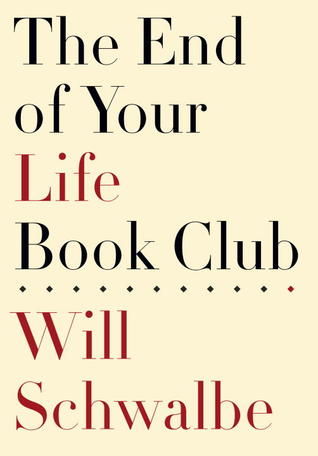 What are you reading? Will Schwalbe asks his mother, Mary Anne in The End of Your Life Book Club. Sitting in the waiting room of the Memorial Sloan-Kettering Cancer Center, Will and Mary Anne share their hopes and concerns with each other—and rediscover their lives—through their favourite books.
What are you reading? Will Schwalbe asks his mother, Mary Anne in The End of Your Life Book Club. Sitting in the waiting room of the Memorial Sloan-Kettering Cancer Center, Will and Mary Anne share their hopes and concerns with each other—and rediscover their lives—through their favourite books.
 The epic story of The Passage continues with The Twelve by Justin Cronin. The two year wait had everyone wondering what happens next with the viral plague that had left a small group of survivors clinging to life amidst a world transformed into a nightmare.
The epic story of The Passage continues with The Twelve by Justin Cronin. The two year wait had everyone wondering what happens next with the viral plague that had left a small group of survivors clinging to life amidst a world transformed into a nightmare.
November
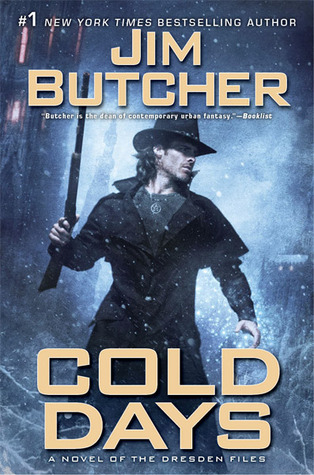 Harry Dresden is alive (spoiler alert) in the 14th book in the series; Cold Days. After being murdered by a mystery assailant, navigating his way through the realm between life and death, and being brought back to the mortal world, Harry realizes that maybe death wasn’t all that bad.
Harry Dresden is alive (spoiler alert) in the 14th book in the series; Cold Days. After being murdered by a mystery assailant, navigating his way through the realm between life and death, and being brought back to the mortal world, Harry realizes that maybe death wasn’t all that bad.
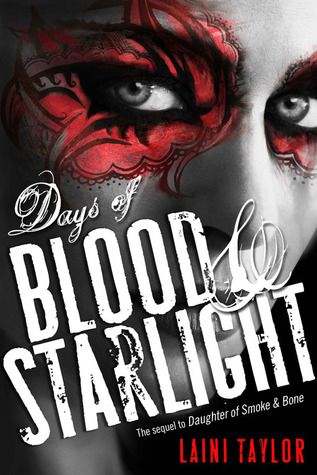 Once upon a time, an angel and a devil fell in love and dared to imagine a new way of living – Days of Blood and Starlight
Once upon a time, an angel and a devil fell in love and dared to imagine a new way of living – Days of Blood and Starlight
continues the series after Daughter of Smoke and Bone. Karou must decide how far she’ll go to avenge her people. A YA novel filled with heartbreak and beauty, secrets and impossible choices.
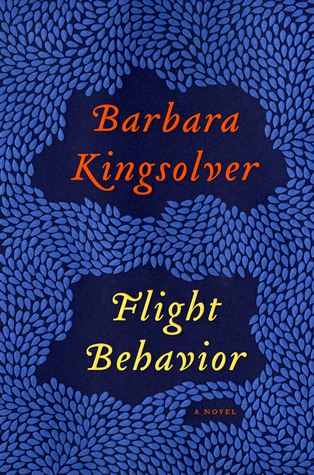 Set in the present day in the rural community of Feathertown, Tennessee, Flight Behaviour tells the story of Dellarobia Turnbow, a petite, razor-sharp 29-year-old who nurtured worldly ambitions before becoming pregnant and marrying at seventeen.
Set in the present day in the rural community of Feathertown, Tennessee, Flight Behaviour tells the story of Dellarobia Turnbow, a petite, razor-sharp 29-year-old who nurtured worldly ambitions before becoming pregnant and marrying at seventeen.
The first five stories in the Wool series have been put together in this omnibus. An epic story of life, love and survival at all odds and one of the most-talked and anticipated books of the year. In a ruined and hostile landscape, in a future few have been unlucky enough to survive, a community exists in a giant underground silo. Inside, men and women live an enclosed life full of rules and regulations, of secrets and lies.
December
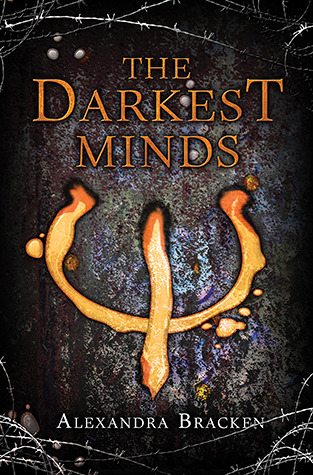 The Darkest Minds finds Ruby waking up on her tenth birthday, something about her has changed. Something alarming enough to make her parents lock her in the garage and call the police. Something that gets her sent to Thurmond, a brutal government “rehabilitation camp.”
The Darkest Minds finds Ruby waking up on her tenth birthday, something about her has changed. Something alarming enough to make her parents lock her in the garage and call the police. Something that gets her sent to Thurmond, a brutal government “rehabilitation camp.”
 Either this is a planned Christmas gift or the perfect holiday reading but I’ve seen a lot of mentions of Oh Dear Silvia by Dawn French. Who is in Coma Suite Number 5? A matchless lover? A supreme egotist? A selfless martyr? A bad mother? A cherished sister? A selfish wife? All of these. For this is Silvia Shute who has always done exactly what she wants. Until now, when her life suddenly, shockingly stops.
Either this is a planned Christmas gift or the perfect holiday reading but I’ve seen a lot of mentions of Oh Dear Silvia by Dawn French. Who is in Coma Suite Number 5? A matchless lover? A supreme egotist? A selfless martyr? A bad mother? A cherished sister? A selfish wife? All of these. For this is Silvia Shute who has always done exactly what she wants. Until now, when her life suddenly, shockingly stops.
 I thought it was a bit of a slow month for reading, I guess everyone is either busy or playing catch up with books missed though out the year. But then I noticed that there were a lot of classics being read. A Christmas Carol and for some weird reason Les Misérables and The Hobbit.
I thought it was a bit of a slow month for reading, I guess everyone is either busy or playing catch up with books missed though out the year. But then I noticed that there were a lot of classics being read. A Christmas Carol and for some weird reason Les Misérables and The Hobbit.
This year really has been a great year for books, not just for me but I’ve seen so many great books been talked about and read. I’m sure there are a lot of books coming out next year that are anticipated, so I would love to know what you are looking forward to as well as what hyped books I might have missed for the past three months.

 I’ve already done a post about 2012 but I wanted to do another. The typical top five post of the best books you’ve read in 2012 but because I split my books into released in 2012 and all others, I think I need two top five lists here. So here are my top reads for the year;
I’ve already done a post about 2012 but I wanted to do another. The typical top five post of the best books you’ve read in 2012 but because I split my books into released in 2012 and all others, I think I need two top five lists here. So here are my top reads for the year;


 November has ended and the holiday season is well on its way. For the people who read
November has ended and the holiday season is well on its way. For the people who read  Title: House of Leaves (
Title: House of Leaves (
 Title: The Satanic Verses (
Title: The Satanic Verses (